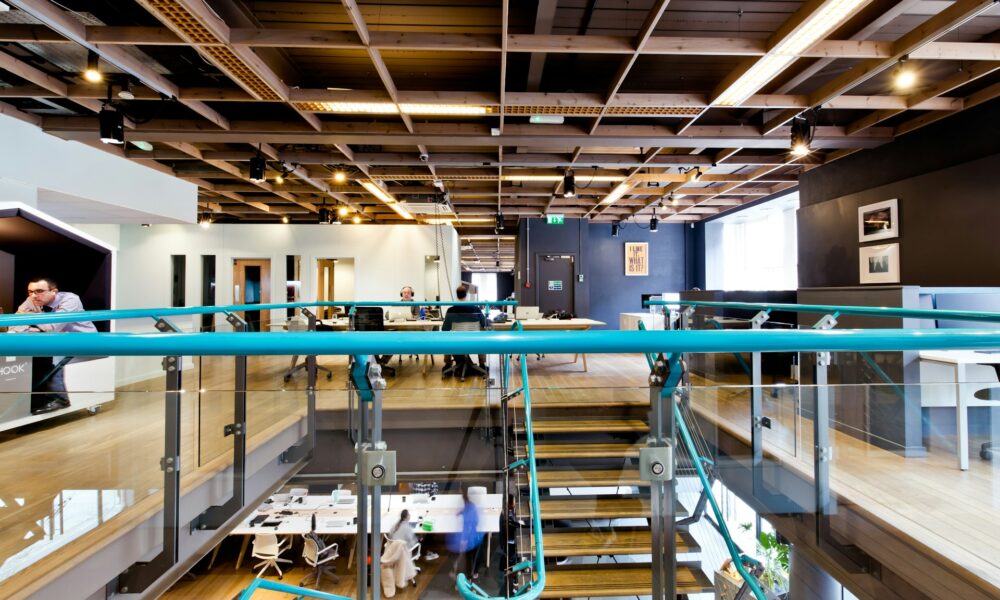The global workplace is undergoing a seismic shift, with trends like remote work, automation, and artificial intelligence leading the charge.
At the same time, roles like the HCR machine operator and other specialized positions are evolving to meet new demands. What does the future of work look like?
This article will explore key workplace trends reshaping careers and company cultures, as well as offer predictions on how businesses and professionals can adapt to thrive in a world of constant change. Prepare for actionable insights you can use to adapt seamlessly to the evolving job landscape.
Adapting to the Rise of Remote Work
Remote work has been one of the hottest workplace trends in recent years, and it’s here to stay. Companies have embraced the benefits of remote operations, including lower overhead costs and increased productivity for certain job roles.
The changing expectations of employees
Remote work offers unprecedented flexibility, allowing employees to better balance professional and personal priorities.
Job satisfaction has surged in positions that offer a work-from-home option, leading many companies across industries to accommodate these evolving expectations.
New challenges for business leaders
While the remote work model has many advantages, it also presents challenges. Leaders must now implement strategies to maintain team cohesion, seamless communication, and company culture, despite employees being spread across different locations.
Automation in Workplaces
Automation has revolutionized industries by streamlining tasks, improving efficiency, and reducing operational costs. But as automation takes over repetitive activities, the job market is evolving as well.
Enhanced efficiency in specialized roles
For tasks like HCR machine operator processes, automation eliminates human error and significantly increases throughput. This has allowed organizations to scale faster while maintaining quality control.
Upskilling the workforce
Professionals now face a critical question—how do they stay relevant in an era of machines? Upskilling is no longer optional.
Companies and employees alike need to invest in training to either work symbiotically with automated systems or transition into tech-savvy job roles.
Artificial Intelligence’s Growing Impact
AI is deeply influencing how companies operate, analyze data, and interact with employees. Its role in modern workplaces is unprecedented and multilayered.
Smarter data analysis
AI-powered tools help businesses make well-informed decisions by analyzing massive datasets in seconds. For professionals, this means access to better insights that can drive strategies and innovations.
Reshaping hiring and HR processes
From identifying the ideal HCR machine operator candidate to streamlining onboarding, AI is also transforming human resources.
Hiring managers can now rely on algorithms to match skills and experience to job openings, reducing biases and improving the efficiency of recruitment.
The Coexistence of Humans and Technology
There’s a growing narrative that technology like automation and AI will replace humans across industries. The reality is, that these tools are designed to complement human ingenuity, not replace it.
Humans vs. machines
Instead of seeing it as a competition, companies are deploying human-machine hybrid teams. While machines handle routine tasks, employees can focus on creative and strategic objectives.
Industries benefiting from collaboration
Manufacturing, healthcare, and customer service are shining examples of industries leveraging this partnership.
For example, HCR machine operators use automation to handle repetitive steps, but their expertise remains essential for troubleshooting and innovation.
Sustainability in the Future Workplace
The shift toward environmental responsibility is evident across industries today. This movement is shaping how companies operate, hire, and organize their offices.
Remote work meets sustainability
Implementing remote work reduces commuting, thereby shrinking the carbon footprint of businesses. Many companies are taking this trend further, switching to cloud computing and paperless workflows to bolster sustainability efforts.
Greener workspaces
For office-based roles, companies are transitioning to energy-efficient facilities and leaning into renewable energy systems to meet environmental goals while positively impacting their bottom line.
How Companies Can Stay Ahead of Workplace Trends
Businesses must act now to stay resilient in a rapidly changing environment. From technological adoption to cultural shifts, companies have opportunities to be pioneers.
Encouraging a culture of continuous learning
Whether you’re training for a role like HCR machine operator or exploring machine learning certifications, employees need access to training. It’s up to businesses to establish ongoing development programs that keep their teams competitive.
Flexibility as a key asset
Adaptability will be the defining feature of future enterprises. Being open to remote or hybrid work models, new automation tools, and AI integration will help companies stay competitive while attracting top talent.
Where Do We Go From Here?
The future of work is brimming with both opportunities and challenges. By leveraging remote work, automation, artificial intelligence, and sustainability initiatives, employees and organizations alike can thrive.
For businesses, staying proactive and future-focused is non-negotiable in maintaining their competitive edge. Individuals must also prioritize skills development and adaptability to remain relevant in their fields.
Are you ready to prepare for the future workplace dynamics? It’s time to take steps now to ensure you succeed in this fast-evolving landscape.




